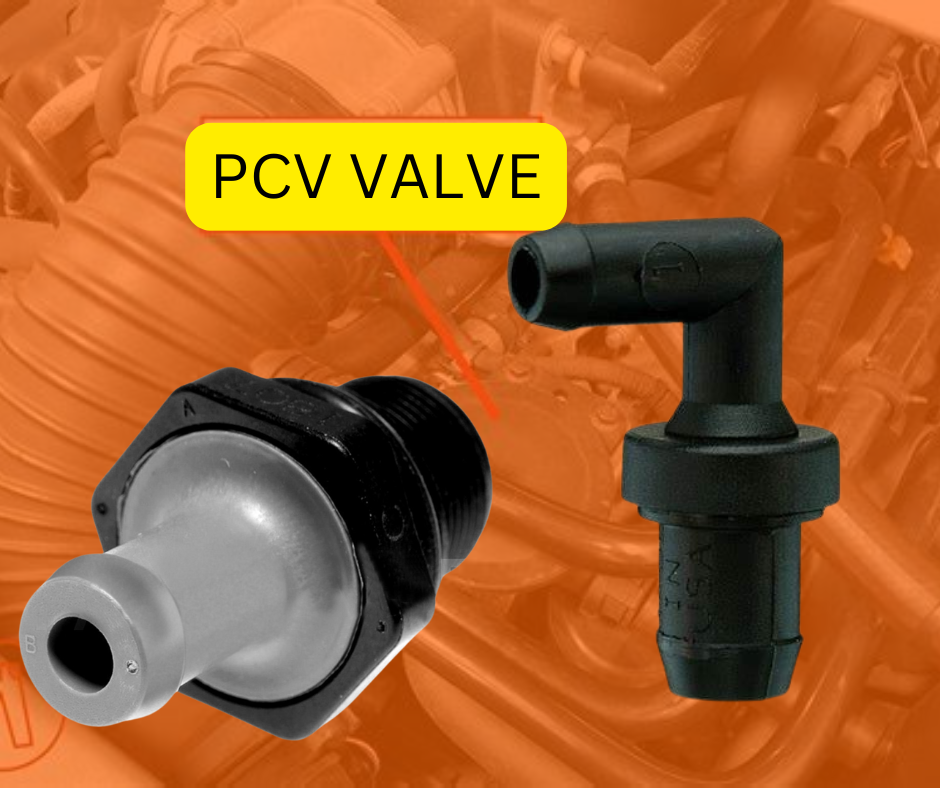Troubleshooting Common Symptoms of a Bad PCV Valve

Discover the telltale signs your car's PCV valve might be failing and learn how to address them effectively;
Understanding the Role and Importance of the PCV Valve
The Positive Crankcase Ventilation (PCV) valve is a critical component in your vehicle's engine. It helps manage the release of gases from the crankcase, redirecting them back into the intake manifold for combustion. This process not only improves fuel efficiency but also reduces harmful emissions.
A well-functioning PCV valve ensures that your engine runs smoothly by preventing oil contamination and managing crankcase pressure. Without it, you could experience a range of issues, from decreased performance to significant engine damage.
Identifying the Signs of a Malfunctioning PCV Valve
Recognizing the symptoms of a bad PCV valve can save you from more extensive engine repairs down the line. Common signs include:
1. **Check Engine Light**: One of the most noticeable indicators. A faulty PCV valve can trigger the engine's warning system.
2. **Rough Idling**: If your engine idles roughly, it could be due to a malfunctioning PCV valve disrupting the air-fuel mixture.
3. **Oil Leaks**: Increased crankcase pressure from a bad PCV valve can cause oil leaks around the engine.
4. **Decreased Fuel Efficiency**: A faulty PCV valve can lead to poor combustion, reducing your vehicle's fuel economy.
5. **Sludge Buildup**: Without proper ventilation, sludge can accumulate in the engine, leading to further complications.
How a Bad PCV Valve Affects Engine Performance
A malfunctioning PCV valve can severely impact your engine's performance. When the valve fails, it can cause an imbalance in the air-fuel mixture, leading to poor combustion. This results in a drop in power and efficiency.
Moreover, increased crankcase pressure can force oil seals and gaskets to leak, potentially damaging the engine. Over time, the lack of proper ventilation can lead to sludge buildup, which can clog engine parts and reduce overall engine lifespan.
Step-by-Step Guide to Diagnosing PCV Valve Problems
Diagnosing a bad PCV valve can be straightforward if you know what to look for. Here's a step-by-step guide:
1. **Locate the PCV Valve**: Typically, it is situated on the valve cover or the intake manifold.
2. **Visual Inspection**: Check for any visible signs of wear or damage. Oil stains around the valve could indicate a problem.
3. **Shake Test**: Remove the valve and shake it. A functioning PCV valve should make a rattling noise. If it doesn't, it might be clogged or stuck.
4. **Vacuum Test**: With the engine running, disconnect the PCV valve from the valve cover. Place your finger over the valve opening. You should feel a strong vacuum. If not, the valve may be faulty.
5. **Professional Diagnosis**: If you're unsure, it's always best to consult a professional mechanic for a thorough inspection.
Best Practices for Maintaining and Replacing Your PCV Valve
Regular maintenance of your PCV valve can prevent many engine issues. Here are some best practices:
1. **Regular Inspections**: Include the PCV valve in your routine engine checks to catch any signs of wear early.
2. **Timely Replacements**: Follow your vehicle manufacturer's recommendations for PCV valve replacement intervals. Typically, they should be replaced every 20,000 to 50,000 miles.
3. **Use Quality Parts**: Always opt for high-quality replacement parts to ensure longevity and performance.
4. **Clean Surrounding Areas**: When replacing the valve, clean the surrounding areas to prevent debris from entering the engine.
5. **Consult Professionals**: If you're not comfortable performing maintenance yourself, seek the help of a professional mechanic.

 Loading..
Loading..